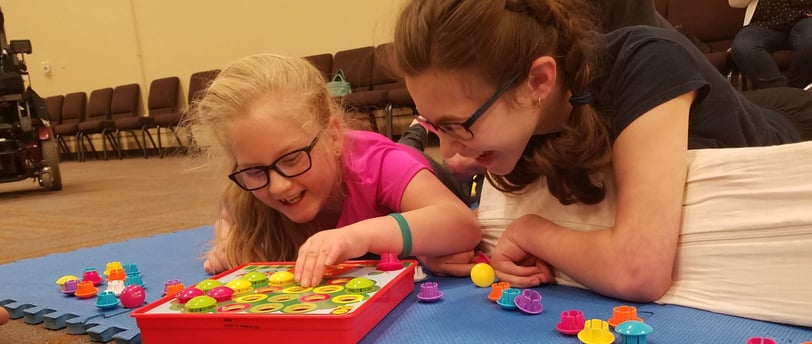CABINET INDIVIDUAL DE PSIHOLOGIE PAP ELENA
servicii psihologice de calitate
Methods and techniques in conductive therapy successfully applied at the Individual Psychology Office ELENA PAP
Methods and techniques in conductive therapy successfully applied at the Individual Psychology Office ELENA PAP
10/3/20243 min read


Conductive Behavior Therapy uses a variety of methods and techniques based on behaviorist principles to help individuals modify problem behaviors and develop functional skills. Here are some of the most common methods and techniques:
1. Positive reinforcement
This involves rewarding a desired behavior to increase the likelihood that it will be repeated. Positive reinforcement can be in the form of praise, material rewards or enjoyable activities.
Example: A child receives a sticker for completing homework, and after several stickers, receives a bigger reward (e.g. a trip to the movies).
2. Negative reinforcement
This type of reinforcement involves removing an unpleasant factor to increase the frequency of a desired behavior. Here, positive behavior is encouraged by eliminating an unpleasant consequence.
Example: a student gets out of extra homework if they complete their assignments in class.
3. Punishment
It is used to reduce the frequency of an undesirable behavior by introducing an unpleasant factor or eliminating a reward. Punishment can be:
Positive punishment: the addition of an unpleasant consequence (e.g. an extra task).
Negative punishment: Withholding a reward (e.g. loss of access to a favorite game).
4. Extinction
Extinction involves removing reinforcers that support an undesirable behavior so that it decreases in frequency. If a behavior is no longer rewarded, it will tend to disappear over time.
Example: ignoring a child's crying behavior in the context of a child doing it to get attention.
5. Shaping
Shaping is used to learn a new, complex behavior by successively reinforcing behaviors that gradually approach the desired behavior. It is used to gradually build up behaviors that are difficult to acquire all at once.
Example: Teaching a child with autism to communicate by rewarding them at first for simple eye contact, then for making sounds and finally for using words.
6. Modeling
This technique involves observing and imitating the behavior of other people who serve as models. The therapist or another individual presents the desired behavior and the patient is encouraged to imitate it.
Example: In a therapy session, the therapist shows how to initiate a conversation and the patient repeats the action.
7. Systematic desensitization
This is a technique mainly used to treat phobias and anxiety. It involves gradual and controlled exposure to fear-provoking stimuli, while the patient learns to manage their anxiety through relaxation techniques.
Example: A person with a fear of heights begins to visualize scenes related to heights and gradually exposes him/herself to real-life situations, starting with the easiest ones (e.g. looking down from a low height).
8. Token economy
This is a reinforcement technique in which positive behaviors are rewarded with tokens or points that can later be exchanged for greater rewards. It is mainly used in groups, schools or institutions.
Example: In a classroom, students receive tokens for positive behaviors, such as attention during class, and at the end of the week they can 'buy' a reward or enjoyable activity with these tokens.
9. Behavior Contract
This is a formalized agreement between therapist (or teacher, parent) and patient (or child) that clearly stipulates expected behaviors and their consequences (rewards or punishments). Behavioral contracts are used to clarify expectations and hold the person accountable.
Example: A teenager and his parents make a contract that he will get extra time for video games if he finishes his homework every day.
10. Delayed reward
This technique is used to teach patience and delayed gratification. The person is encouraged to complete a task and receive the reward later rather than immediately after the behavior.
11. Social skills training
This is a specific approach used to develop social and communication skills through practice and positive reinforcement. It is often used for people with autism or other social interaction difficulties.
Example: A person learns how to initiate and maintain a conversation through role-play exercises, receiving feedback and positive reinforcement.
12. Exposing
The exposure technique involves directly confronting the patient with the anxiety-provoking stimulus in a controlled and progressive manner until the anxiety response is reduced. It is used for phobias, PTSD and generalized anxiety disorders.
Example: A person with a fear of flying may be gradually exposed to sights or sounds associated with flying, followed by a visit to the airport and eventually an actual flight.
So, Conductive therapy uses these techniques to help patients modify their maladaptive behaviors and develop new and healthy skills. These methods are widely applied in a variety of settings, from behavioral problems to mental health disorders, and are based on learning principles well grounded in behavioral psychology.
